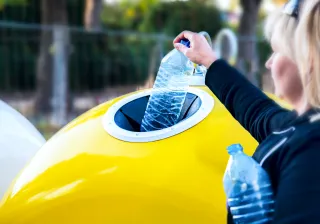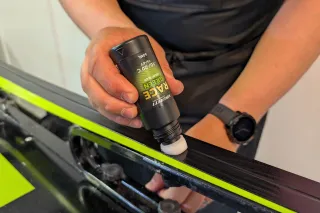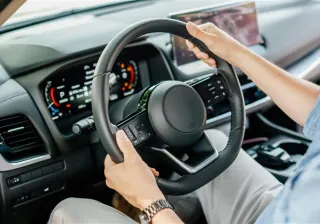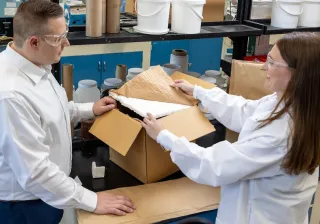While plastics are indispensable materials, the current plastics economy is fundamentally broken. With new innovations and business models, it is possible to reinvent our relationship to plastics while delivering major business benefits.
Cheap, multipurpose, endlessly malleable to any shape or form. Plastics have delivered almost infinite benefits to humanity from affordable healthcare, safe and sound electricity networks to easily transportable consumer goods. Without plastic packaging we could not enjoy, for instance, food products and other consumer goods delivered from every corner of the planet right to our local supermarket.
It is, however, a well-established fact that the current plastics economy has serious drawbacks and leakages that threaten the condition of natural ecosystems and human well-being. Globally, only 9% of used plastics are collected for recycling, 12% are used for energy, while a staggering 79% ends up at landfills or as trash in nature.
This has economic consequences: A report by McKinsey states that 95% of plastic packaging material value or USD 80–120 billion annually is lost to the economy, exceeding the profits created by the plastic packaging industry.
According to VTT's plastics vision, we have the tools to turn these numbers around: half of all the adverse lifecycle effects of plastic packaging could be reduced by as soon as 2030. Through the cooperation of consumer brands, packaging manufacturers, visionary R&D partners as well as policy-makers and consumers, we can redesign the entire plastics economy.
"We can not keep adding more and more plastics to the world and letting it leak into nature. But the aim should not be to ban all plastics either. That's why we need to develop alternative materials and improve recycling methods," says Research Professor Ali Harlin from VTT.
Here's how we see the reshaping of the plastics economy could take place:
1. A third of plastics made of recycled material by 2030
According to the McKinsey report, it is entirely possible to radically increase the use of recycled plastics: a third of all plastics produced could be made of recycled materials by 2030, if we increase the amount of mechanical recycling and take chemical recycling methods into wider use.
"We at VTT develop chemical solutions like pyrolysis, gasification and hydrolysis that enable the recycling of plastics that previously were discarded at landfills as waste," Harlin explains.
With chemical recycling, used plastics can be "upcycled" into virgin-quality polymers again, creating a valuable option for materials for which mechanical recycling is not possible. Wider use and further development of chemical recycling methods can enable the recycling of multi-material packaging products and other materials that are today considered waste plastics.
"In addition, we also develop equipment that enables easier transport for recycled plastics."
2. Ecological packaging design and standards to radically reduce the use of virginal plastics
Redesigning packaging can help us radically reduce the use of virginal natural resources and achieve a higher degree of circularity for plastics.
Finding renewable, biobased alternatives for traditional plastics is only part of the solution. It's also important to look at the ease of reuse and circulation of the entire packaging. Some of the possible measures include designing packaging with a significantly smaller set of material combinations to simplify recycling and phasing out low-value, single-use plastic packaging which are challenging to reuse and likely to leak into nature. In addition, it would be beneficial for the creation of an after-use market, if all plastic packaging had common labelling and chemical marking, aligned with standardised sorting systems.
4. Creating functional markets for after-use plastics
Many of the changes needed to create the new plastics economy are systemic, rather than purely technological. One of the most crucial is to create functional markets for after-use plastics. Direct economic incentives to support the reuse and recycling of plastics are likely needed.
"The aim is to raise the refining capacity for used plastics. But we also need to find and incentivize industrial companies to use these recycled plastics: either as material or as raw material, for instance, for energy companies", says Harlin.
Plastics should be seen as valuable materials beyond their first use-cycle enabling us to reap much more material value, increase resource productivity and, most importantly, stop leakage into nature. Boosting after-use collection, storage and reprocessing, especially in high-leakage countries, is key.
We at VTT believe that through the cooperation of companies, research partners and policy-makers, we can get the new plastics economy up and running by the end of the next decade. We, on our part, will do our best to apply the latest scientific knowledge to turn this huge global challenge into avenues for new growth and well-being.




